Tiles have a longer lifespan than pavers, are easier to clean and repair, and are more strong and more permanent than pavers.
This makes them an excellent choice for use on decks and patios in uk. Outdoor tiles come in a broad range, and each one is both aesthetically pleasing and strong enough to endure the effects of weather.
By educating yourself on the various options available for conventional outdoor tiles, you will be able to pick the perfect material for the surface of your deck or patio.
The term “natural stone” refers to a variety of different materials, including granite, slate, limestone, and travertine, and it is used as an umbrella term for the numerous varieties of tiles that may be made from these materials.
The fact that ceramic tiles are suitable for usage in an outdoor environment has contributed to their rising popularity.
You will have to pay more, but you can be sure that people will be gazing at you. Polished stone tiles may be seen in many contemporary homes.
These tiles are beautiful and require little upkeep, but they can be dangerous when wet. Tiles made of natural stone that have been tumbled or honed give an additional level of slip resistance and are thus a choice that is safer.
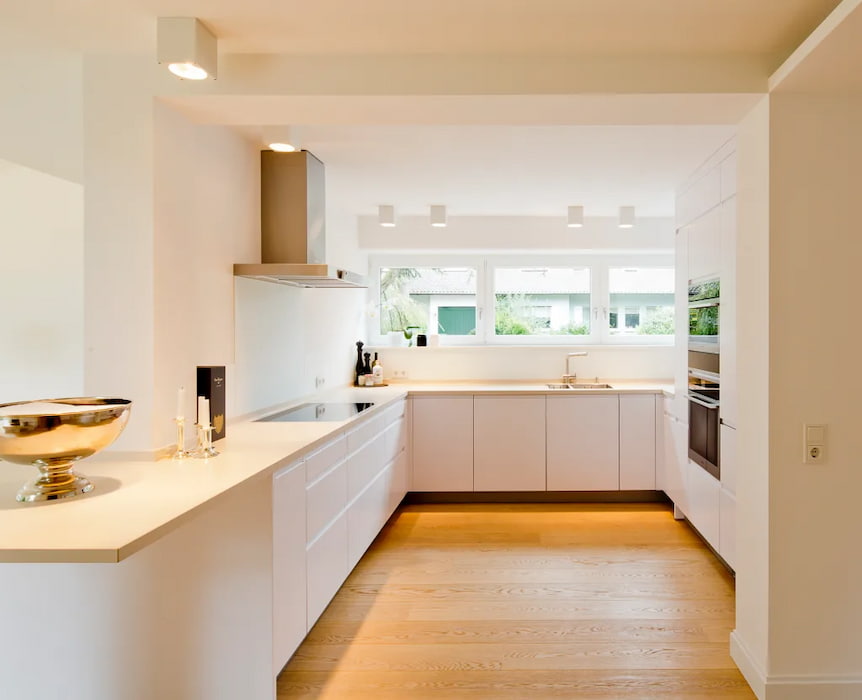
Granite tiles, which are the hardest natural stone tiles available, have an exceptionally long lifespan and are impervious to the elements. This is an excellent alternative for tiling your outdoor area with natural stone if that is what you had in mind.
Granite might be a smart choice for you if you live in an area that has dramatic shifts in temperature and precipitation throughout the year. Granite may be cut into tiles of many different colors, ranging from pure white to a very dark gray.
Marble is suggested to be sealed in order to protect it from wear and the elements because, in comparison to granite, it is less dense and more porous. The characteristic veined finish gives it a sophisticated look, which is favored by a lot of homeowners because of how it makes the surface seem.
Marble tiles are available in a broad variety of colors, ranging from white to black in coloration. Due to the greater slip resistance that they offer in comparison to their polished counterparts, rough marble tiles are a superior choice for usage in outdoor applications.
Slate may be honed and shaped to match any size deck or patio, despite the fact that its abrasion resistance is lower than that of granite or marble. Slate tiles will never seem precisely the same when contrasted with tiles made from other natural stones.
Tiles made of slate, which may come in a variety of colors and textures, can lend a lot of personality to a space. Natural slate tiles may be available in a variety of colors, including gray, green, brown, tan, and orange, among others.
Because limestone is both soft and porous, the tiles will need to be sealed in order to protect them from stains and the effects of weathering. Because of how rapidly it wears out, it is not an option that should be considered for frequently used areas.
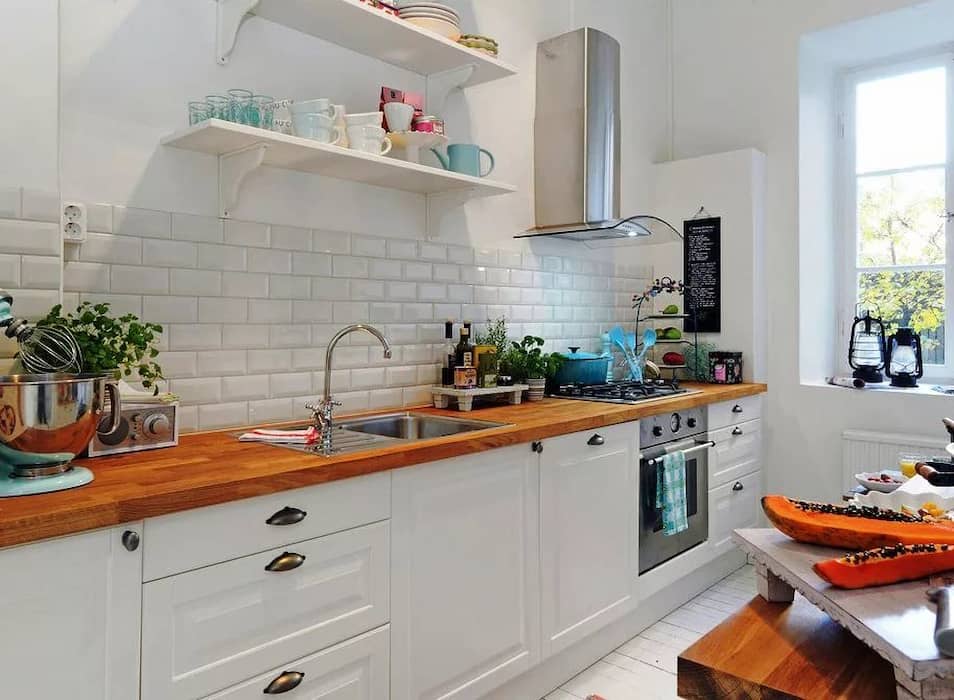
The freezing temperatures of winter can also cause them to fracture. The pitted surface of limestone, which is unique to the material, offers a textural sensation that many people find appealing.
Limestone is a relatively light stone that can range in color from nearly white to light brown. Limestone is also known as dolomite.
Tumbled varieties of limestone tiles are available for use on exposed patios and pool decks. These tiles are not as slippery as polished varieties of the same material when they are wet.
The mineral calcite is the most important constituent of the kind of limestone known as travertine. Although it is softer and more readily broken than regular limestone, its composition and texture are not dissimilar to those of standard limestone.
In the same way that limestone has to be treated before it can be used outside, travertine tiles also need to be sealed before they can be exposed to the weather. Even after therapy, they are susceptible to breaking into environments with extremely low temperatures.
Travertine tiles are more susceptible to wear and tear than those constructed from stones with higher resistance to abrasion because of their softer nature.
You’ll fall in love with its warm, golden tones if you live in a temperate region and don’t put a lot of wear and tear on your deck or patio, though.
The bathroom is not the only place that may benefit from porcelain tile flooring. Your best chance for tiling a deck or patio is to use porcelain tiles that are made specifically for outdoor installation.
These tiles are manufactured from a specialized clay that renders them impermeable, fade-resistant, and long-lasting in their appearance.
As a result of being baked in kilns at temperatures far beyond 1,000 degrees Fahrenheit, porcelain tiles, in contrast to their stone counterparts, are not vulnerable to cracking when subjected to temperature extremes.
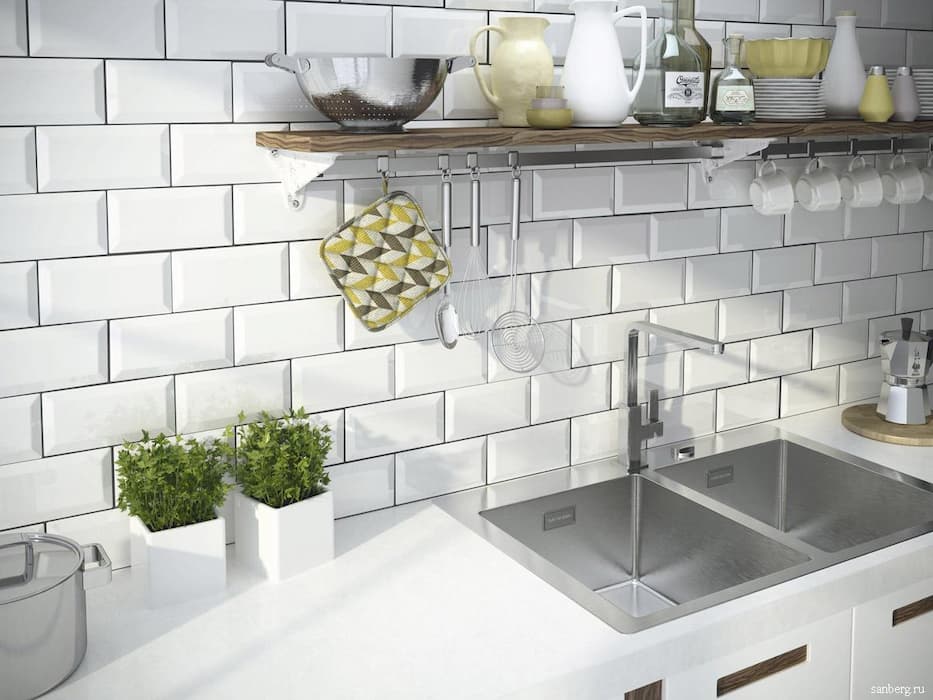
Because of this, they are an excellent choice for households in urban areas where the summers are blisteringly hot and the winters are bitterly cold. Porcelain tiles are a popular choice for usage in bathrooms due to their resilience to the effects of dampness.
Even if there is a lot of rain, you don’t have to be concerned about your outdoor porcelain tiles becoming wet if you get them installed. Because of this, they are able to withstand temperatures below freezing.
Because they are nonporous, porcelain tiles require less care. In the event that something gets spilled, simply sweep the area and then clean it up with a towel and some soapy water.
Tiles made of porcelain are also visually appealing due to their composition. There is a diverse selection of colors and patterns available for tiling, and some tiles even have the illusion of being made of other materials, such as stone, wood, or concrete.
However, when they are wet, glossy porcelain tiles might pose a significant risk. If you want a better grip and increased safety, use porcelain tiles with at least a matte surface.
When it comes to flooring for outdoor areas, porcelain tiles that have been given the highest possible grade for their resistance to slipping are your best choice. On the other hand, the rougher the porcelain tile is, the more difficult it will be to keep it looking clean.
Fantastic alternatives are deck and patio spaces that are covered with wood tiles.
The use of hardwood in their construction assures that they will last years of use and the rigors of their surrounding environment. Ipe and bangkirai are two of the most well-liked forms of wood tile that are now available on the market.
The natural grain of ipe wood lends itself to the creation of stunning flooring tiles. They are naturally resistant to deterioration, insects, and fire, and they may offer homeowners the much-needed peace of mind they are searching for.
Insects, especially those as destructive as termites, have no chance against the impenetrable surface of Bangkirai wood tiles.
Because they can be used both inside and outdoors, they are an excellent choice for homeowners who want to link the living areas of their homes to outside areas such as decks and patios. Because they are versatile, they can be utilized in a variety of settings.
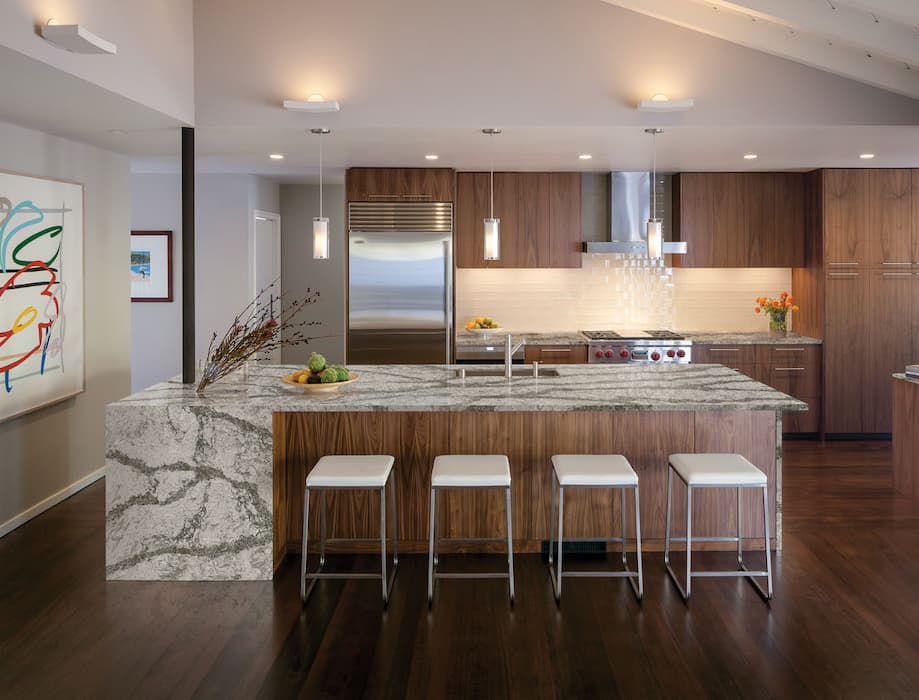
Wood tiles are an alternative to traditional outdoor tiles that are favorable to your wallet due to their broad availability and inexpensive production costs. They come in a far larger variety of colors than you may at first think possible.
The use of wood tiles is an efficient and inexpensive technique to achieve a wide range of aesthetic effects, from light and airy to dark and dramatic.
PVC risers are even embedded into certain wood tiles, where they serve the dual purpose of enhancing water flow and drainage.
It is possible to extend the longevity of wood tiles by installing them on a surface that is more resilient, such as concrete or asphalt.
Additionally, ensure that you arrange sufficient time in your calendar for routine maintenance.
Wood tiles, like other products made of wood, need to be power cleaned and polished once every three years to retain their attractive appearance and to enhance the length of their lives.
Composites are an excellent choice for decking materials since they do not require any maintenance after they have been installed. It has a longer lifespan than other materials and is more resistant to the effects of dampness.
It is referred to as a composite material due to the fact that it contains both wood fibers and pieces of plastic.
The installation of patio tiles has the potential to drastically change the appearance of your yard.
There is a wide variety of outdoor tiles available, each with its own set of benefits and drawbacks.
When selecting outdoor tiles for a deck or patio, it is important to take into consideration the esthetic preferences of both you and your clients, in addition to the particulars of the area.
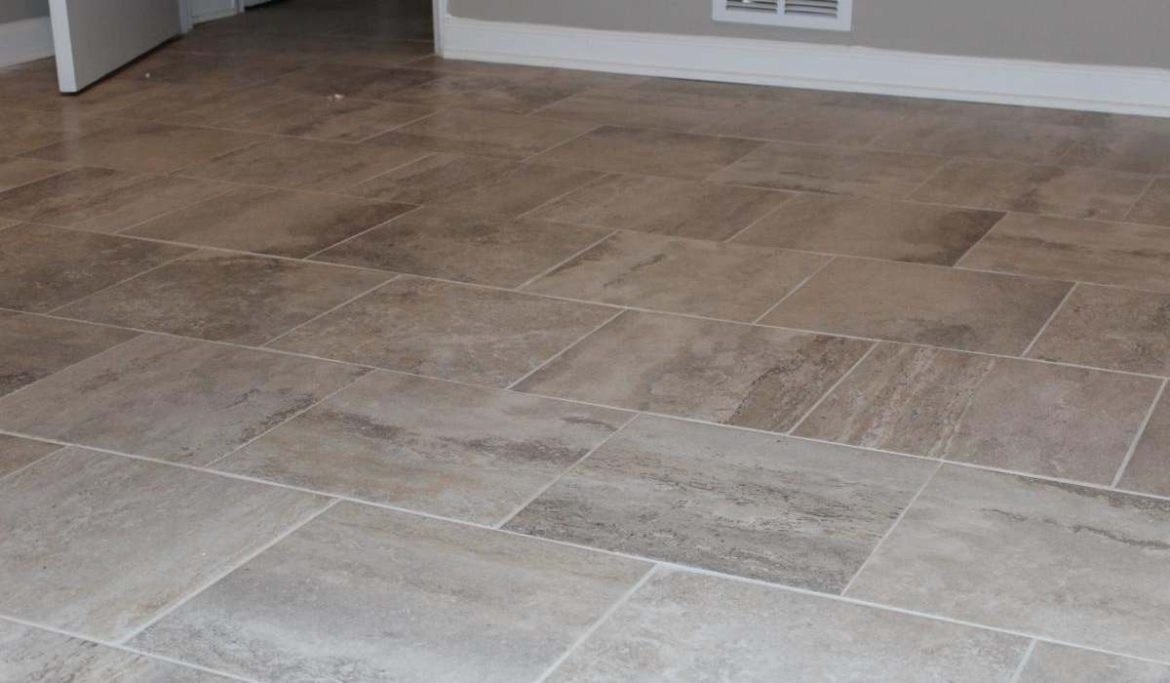
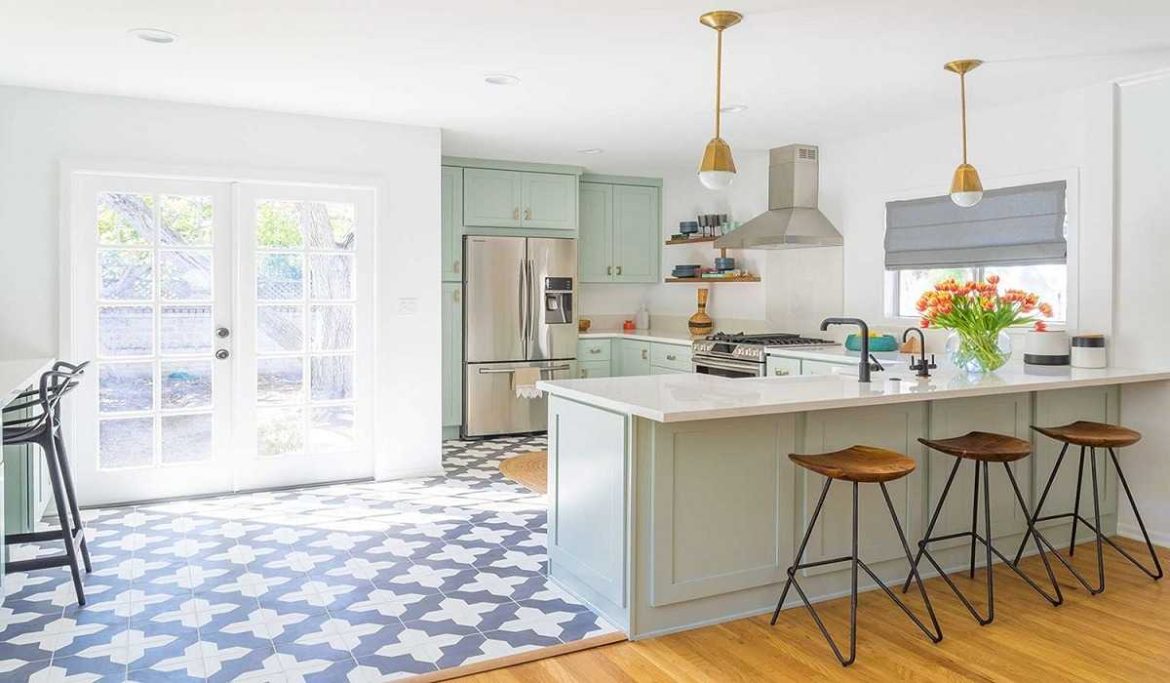
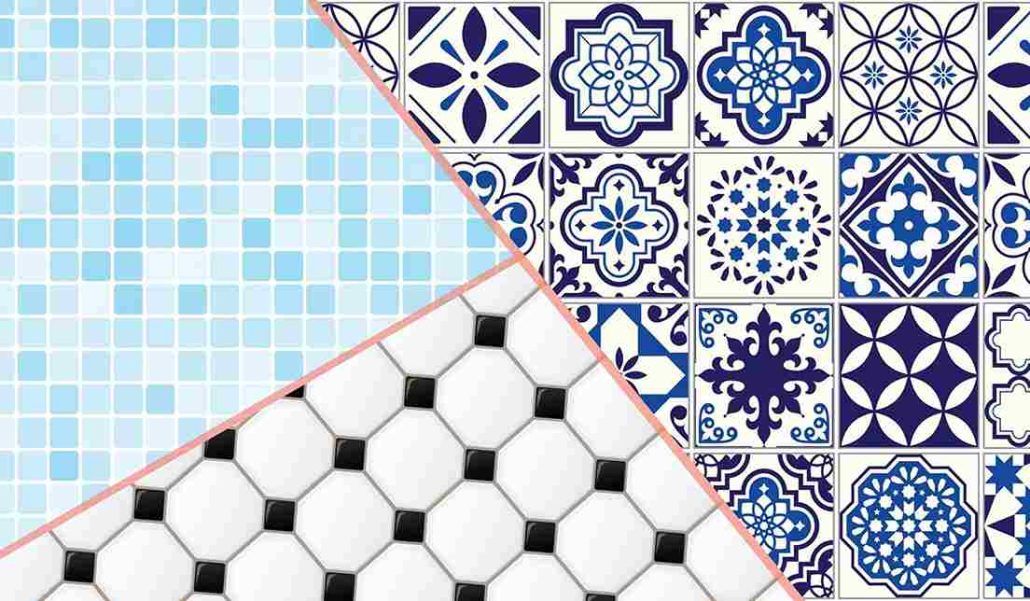
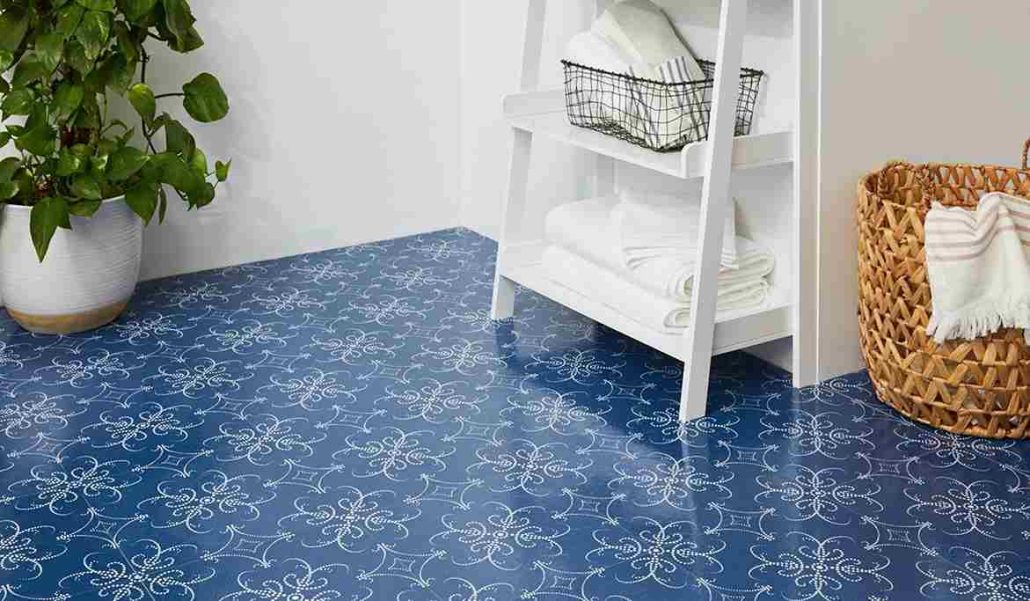

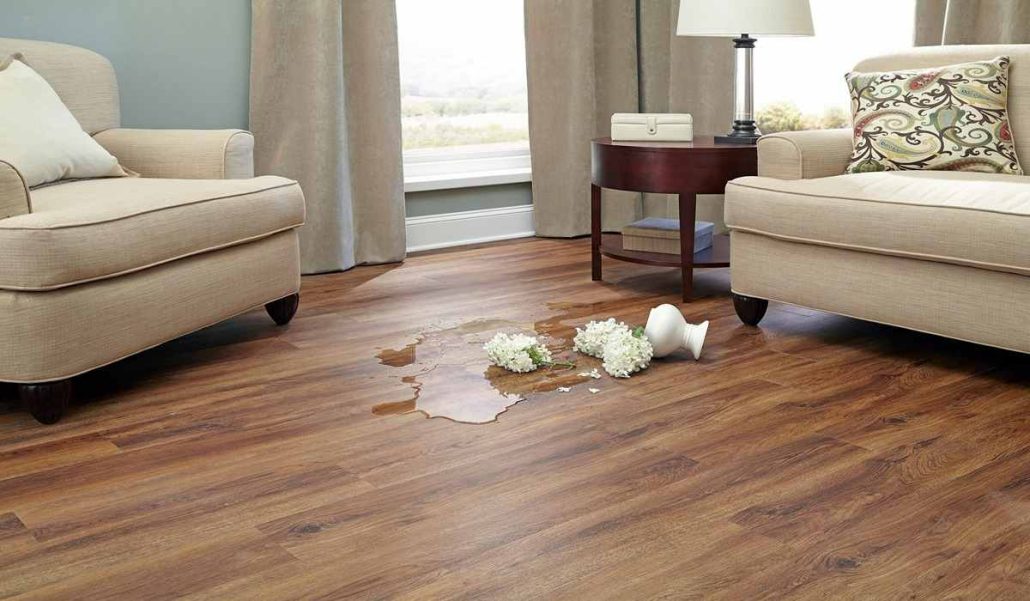
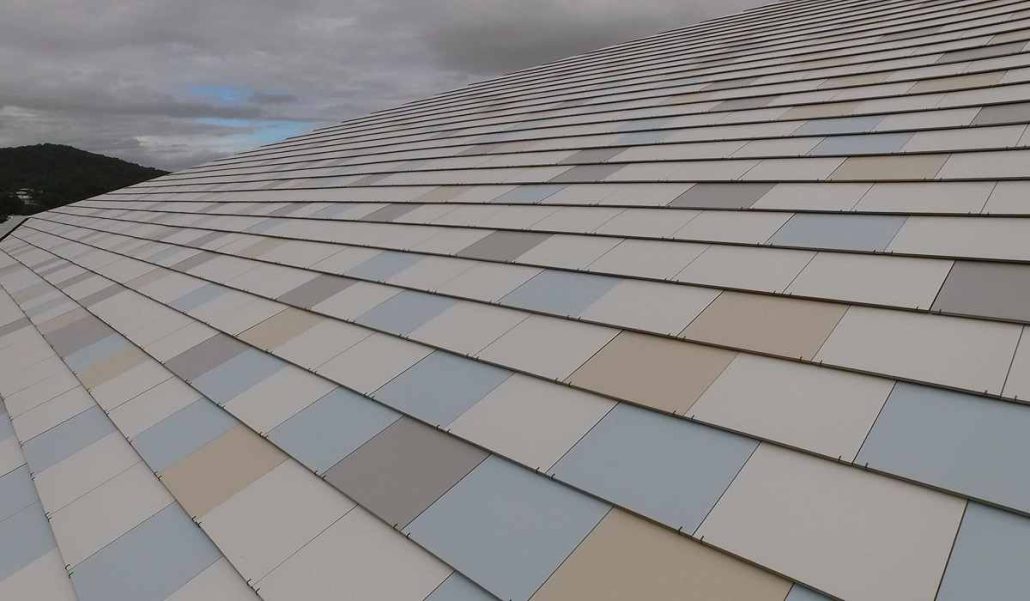
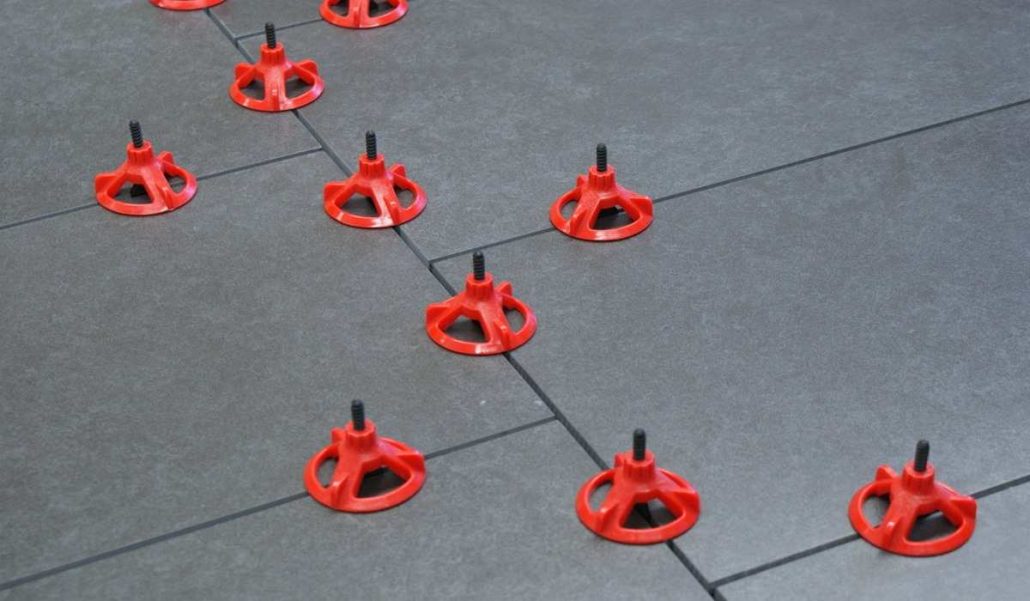
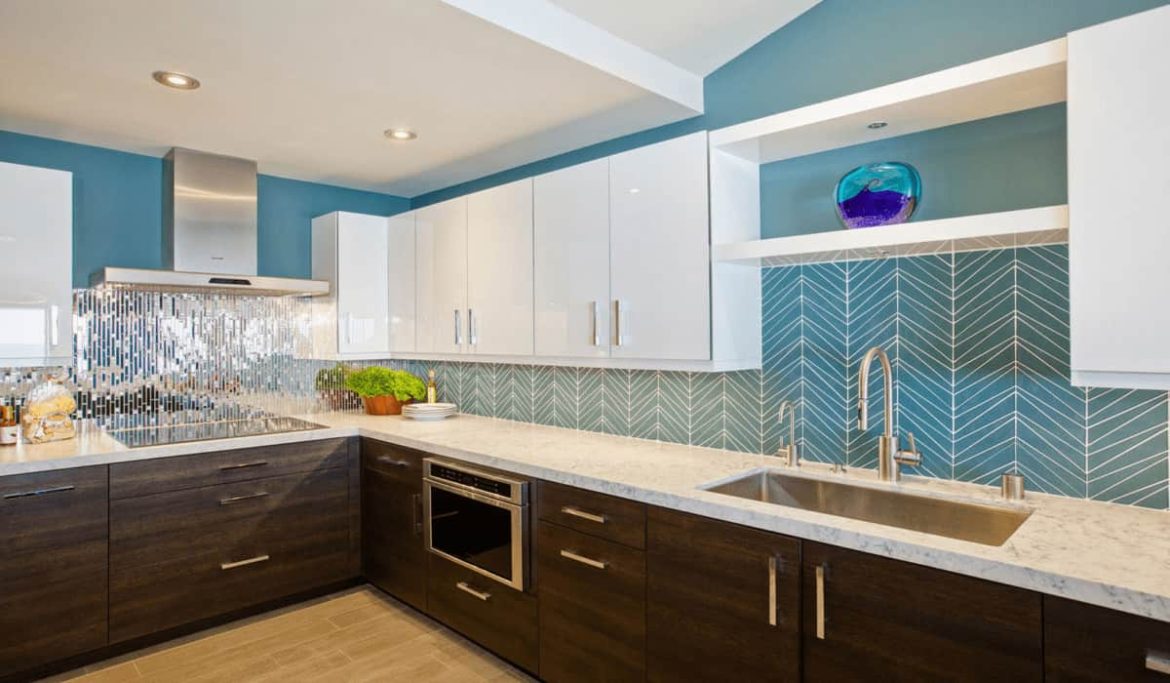
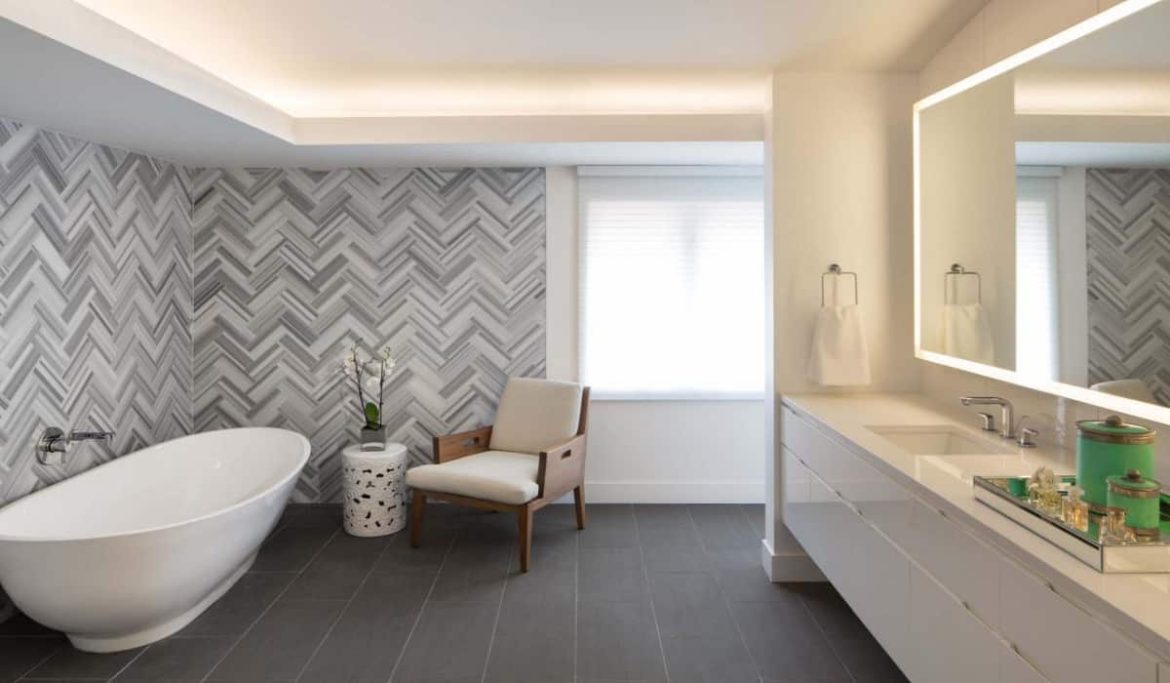
Your comment submitted.